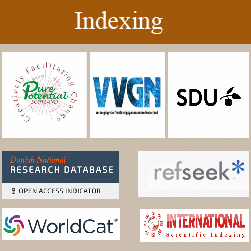What do we know about covid-19 critically ill patients receiving enteral nutrition? a crosssectional study
Author(s):
Cristina Gama Matos Pereira*, Oct�¡vio Morais Veloso, Lorena Sales de Albuquerque, Jilvan Pinto Monteiro, Fernanda Noronha de G�³is, Thiago de Carvalho Smith
, Jo�£o Victor Santos Oliveira, Marco Ant�´nio Prado Nunes.
Background and Aims: Given the need to nourish critically ill COVID-19 patients, whose specific issues may hinder their nutritional supply, this research aimed to evaluate individuals who fed enteral nutrition (EN) and compare them with patients fed orally (ON), in order to assess their profile and find significant differences between both groups.
Methods: This is a cross-sectional study in which demographic, medical and laboratory data of EN and ON severe patients with COVID-19 were collected from electronic medical records. Univariate and multivariate analysis inferred and confirmed Prevalence Ratio (PR) of these variables, respectively.
Results: A total of 211 medical records were assessed (EN=123). EN patients were mostly male, over 50 years old, overweight or obese, using invasive mechanical ventilation (IMV) and vasopressor drugs (VD). They presented high levels of SAP3 (Simplified Acute Physiology Score 3), d-dimer and brain natriuretic peptide (BNP), as well as low lymphocyte counts. Death rate was 44,71%. In significant comparisons between EN and ON groups, IMV (PR=7.06, p50% (PR=1. 31, p=0.039), high BNP (p=0.001) and SAPS3 (p<0.001), lymphopenia (p<0.001) and death (PR=2. 19, p<0.001) prevailed in the former. Logistic regression supported statistical significance for IMV (z=7.027, p<0.001), VD (z=3.473, p=0.001), low lymphocytes count (z=-3.785, p=0.001), and death (z=2.692 and p=0.007).
Conclusion: 1) EN patients were more severely ill than those ON. 2) When correlated with ON, EN group had higher rates of IMV, VD, lymphopenia and death.



